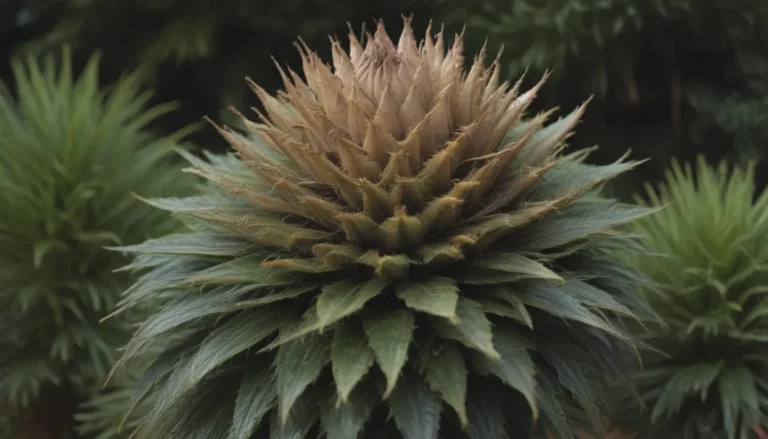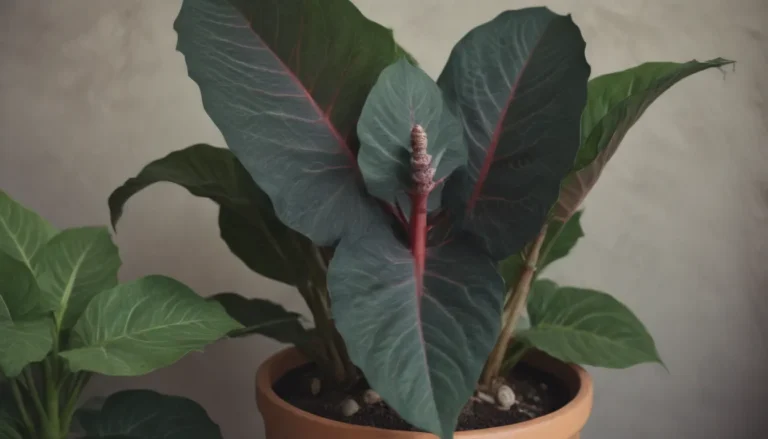The Complete Guide to Growing and Caring for Satin Pothos

If you’re looking to add some greenery to your indoor space, satin pothos is a fantastic choice. This beautiful tropical vine is easy to grow and care for, making it perfect for both beginner and experienced plant parents. In this comprehensive guide, we’ll walk you through everything you need to know to successfully cultivate and maintain a healthy satin pothos plant.
What Makes Satin Pothos Special?
Satin pothos is a member of the Araceae family, just like its more well-known relative, the pothos plant. What sets satin pothos apart is its stunning variegated foliage. The heart-shaped leaves feature striking silvery grey splotches that give the plant a shiny appearance, adding a touch of elegance to any indoor space. The intensity of the variegation can vary depending on the specific cultivar you choose.
This tropical vine is a natural climber, using its aerial roots to latch onto surfaces like moss poles, trellises, walls, or even other plants. With a little help from invisible mini hooks, you can guide the vine to grow in a specific direction. Alternatively, you can allow it to trail or showcase its cascading foliage in a hanging planter.
It’s important to note that satin pothos is toxic to pets, so if you have furry friends at home, take precautions to keep your plant out of their reach.
How to Care for Satin Pothos
Taking care of your satin pothos is relatively easy, as long as you provide it with the right conditions and attention. Here are some essential care tips to help your plant thrive:
Light
Satin pothos thrives in bright, indirect light. Direct sunlight can cause the leaves to lose their variegation and become scorched. If you place your plant near a window with direct sunlight, consider using a curtain to protect it. Aim for a spot where it can receive plenty of indirect light throughout the day.
Soil
Use a high-quality commercial indoor potting mix that offers good drainage. These mixes typically contain ingredients like peat moss, pine bark, and perlite or vermiculite to provide the right balance of nutrients and moisture retention. Avoid wet, soggy soil, as satin pothos prefers well-draining conditions.
Water
Water your satin pothos when the top two inches of soil feel dry to the touch. Overwatering can lead to yellow leaves and wilting vines, so it’s essential to strike the right balance. When you water, do so slowly and deeply, allowing excess water to drain out of the pot’s bottom. This plant doesn’t appreciate sitting in waterlogged soil.
Temperature and Humidity
Satin pothos thrives in warm, humid environments. Ideally, maintain a temperature range of 65 to 85 degrees Fahrenheit for optimal growth. Low temperatures can harm the plant, while dry air can cause browning of the leaf tips. Aim for a relative humidity level of 40% to 50% around your plant. You can increase humidity by placing the pot on a tray filled with pebbles and water, ensuring the roots don’t sit in the water.
Fertilizer
During the growing season, from spring to fall, fertilize your satin pothos about once a month with a balanced, water-soluble houseplant fertilizer. Follow the product label instructions for the correct dosage. Fertilizing helps provide the plant with essential nutrients for healthy growth.
Popular Varieties of Satin Pothos
Satin pothos comes in several popular varieties, each offering its unique visual appeal. Some common cultivars include:
- Scindapsus pictus ‘Silvery Ann(e)
- Scindapsus pictus ‘Argyraeus’
- Scindapsus pictus ‘Exotica’
These varieties showcase different patterns of variegation, from subtle silver splotches to more dramatic marbling.
Pruning and Propagating Satin Pothos
To keep your satin pothos looking its best, it’s essential to prune it regularly. Remove any damaged or dead leaves as needed, and consider pruning back long vines in the spring to encourage new growth and maintain a fuller appearance.
Satin pothos can also be propagated from stem cuttings, allowing you to expand your plant collection or share cuttings with friends and family.
Potting and Repotting
When you notice roots emerging from the drainage holes of your pot, it’s time to consider repotting your satin pothos. Depending on its growth rate, you may need to repot every year or every couple of years. Choose a slightly larger pot than its current one and use fresh indoor potting soil. Remember that commercial mixes often contain enough fertilizer to last for several months, so adjust your feeding schedule accordingly.
Dealing with Pests and Diseases
While satin pothos is generally resilient to pests and diseases, it can occasionally fall prey to scale insects or spider mites. If you notice these pests, gently wash them off with water, focusing on the underside of the leaves where they tend to hide. For more severe infestations, consider using insecticidal soap or horticultural oil labeled for indoor plants.
Overwatering can also lead to root rot in satin pothos, so be mindful of your watering habits to prevent this issue.
Troubleshooting Common Problems
If your satin pothos starts to develop curling leaves, several factors could be at play, including overwatering, underwatering, temperature fluctuations, pests, excessive sunlight, or low humidity. Addressing these issues promptly can help resolve the problem and restore your plant to health.
Remember, satin pothos and pothos plants are closely related but belong to different genera within the same plant family. Be attentive to your plant’s needs and adjust care practices as needed to ensure its continued well-being.
In conclusion, satin pothos is a beautiful and relatively low-maintenance plant that can brighten up any indoor space with its unique foliage. By following the care tips outlined in this guide, you can create a healthy environment for your satin pothos to thrive and flourish. Enjoy cultivating this tropical vine and watching it grow into a stunning addition to your home decor.





